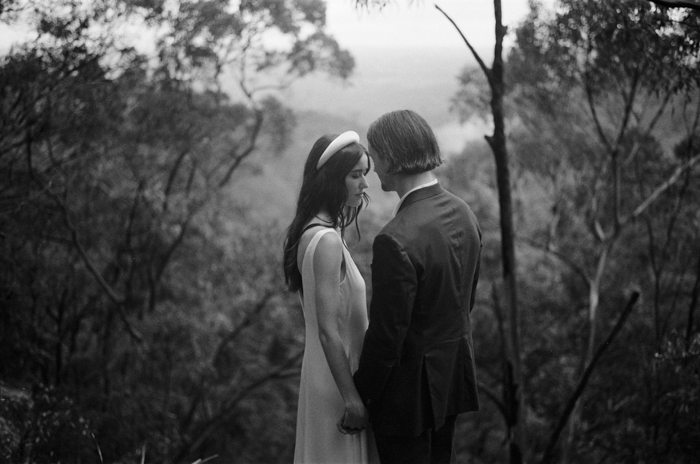
Film photography by Damien Milan.
As a wedding photographer, you’re probably used to capturing hundreds of images in a short amount of time. But working with film is a completely different experience. It requires more patience and precision, allowing you to slow down and create with a purpose—a key to avoiding burnout.
Maybe you’ve hit a bit of a creative rut, and you’re looking to find a new hobby. Perhaps you’re looking to expand your wedding photography services. Or maybe you’re just in search of something new to spice up your photoshoots. If this sounds like you, film photography is calling your name. Not sure where to start? From purchasing cameras to processing film, here’s everything you need to know as a beginner.
35mm vs. 120mm Film Format
Before starting your camera search, you need to know the film format you’re looking for. The film format refers to the size and shape of film negatives—the most common being 35mm and 120mm. 35mm is smaller in size, more portable, and comes with 24 or 36 exposures. 120mm is larger and more detailed, more expensive, and only comes with 16 exposures.
For beginners and hobbyists, we recommend starting with 35mm film cameras. They’re less expensive when purchasing cameras, film, and developing the film. If you master 35mm, you can then try out 120mm and even potentially add it to your wedding photography offerings.
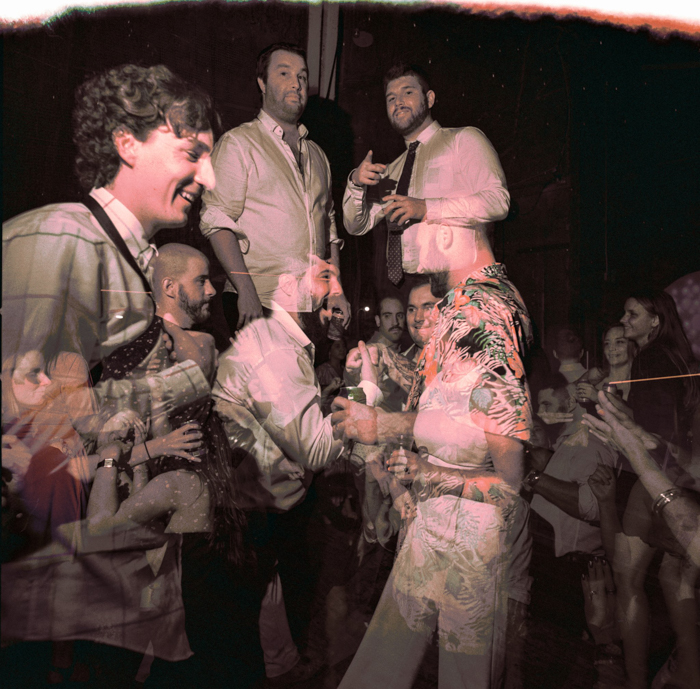
Image by Briars Atlas.
Film Photography Cameras For Beginners
With 35mm being the most popular of the two, we’re going to focus on these camera styles. And lucky for you, there are still a variety of 35mm camera options to choose from. Each camera will differ in style and price point, which is why it’s so important to do your research before purchasing. This is especially true if you plan to invest a good amount of money as a beginner.
Whether you’re looking for an easy point-and-shoot camera or an SLR film camera with detachable lenses, here are our favorite 35mm film camera options to consider.
Point and Shoot 35mm Film Cameras
- Olympus Infinity Zoom 80 QD
- Nikon L35 AF
- Yashica T4
- Canon SureShot Tele 80
- Nikon 35Ti
35mm SLR Cameras
- Canon AE-1
- Pentax K1000
- Minolta X-700
- Nikon EM
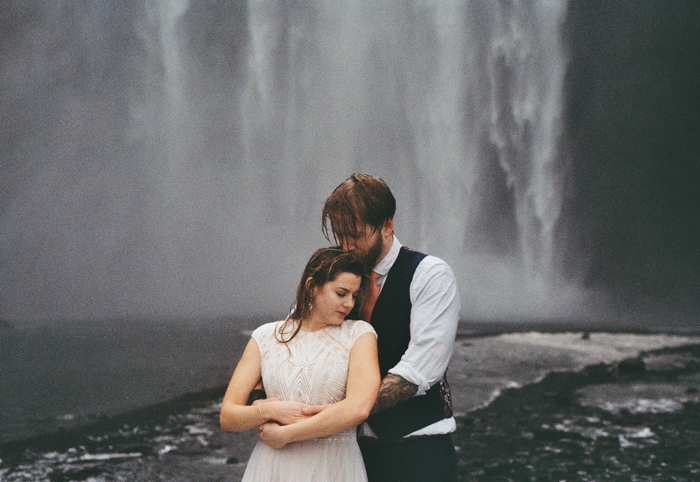
Image by Eye of the Tyne Photography.
35mm Film Options
You may think your final images are determined by the film camera you use, but that’s just not the case. The film you purchase also plays an important role. You can choose between the cheaper black-and-white option or color film. Here are a few of our favorites.
Black and White Film
- Fuji Neopan Acros 100 II
- Ilford HP5+
- Kodak Tri-X 400TX
Color Film
- Kodak Portra 400
- Kodak UltraMax 400
- Kodak ColorPlus 200
- Kodak Ektar 100
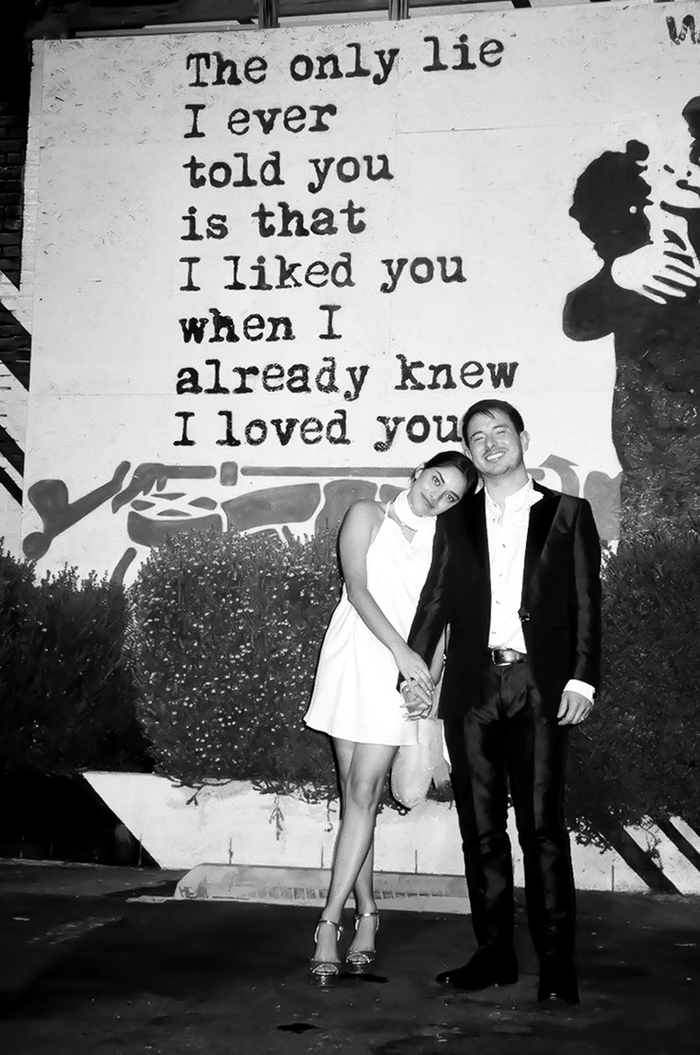
Image by Kate Bunny Hampson.
Where To Purchase Cameras and Film
Manual film cameras, in good condition, are tough to hunt down. Though we’ve heard many photographers getting lucky by asking around or finding a prime-condition camera in a thrift shop, that’s not the case for everyone. Most purchase cameras from individual sellers on websites like Facebook Marketplace or eBay.
If you want full protection over your purchase and don’t mind paying a little extra, we recommend checking out your local camera shops or online shops like B&H and Moment.
How To Shoot Film Photography
The majority of film cameras will require you to shoot manually. So before even picking up your camera, you’ll need to understand the basic functions. We’re talking about the shutter speed, aperture, and ISO. If you’re a seasoned pro, odds are you already have a pretty good understanding of these features on your digital cameras, making for a smooth transition for wedding photographers.
If you’ve yet to learn the basics of photography, no fret. There are dozens of online courses that can help you get started.
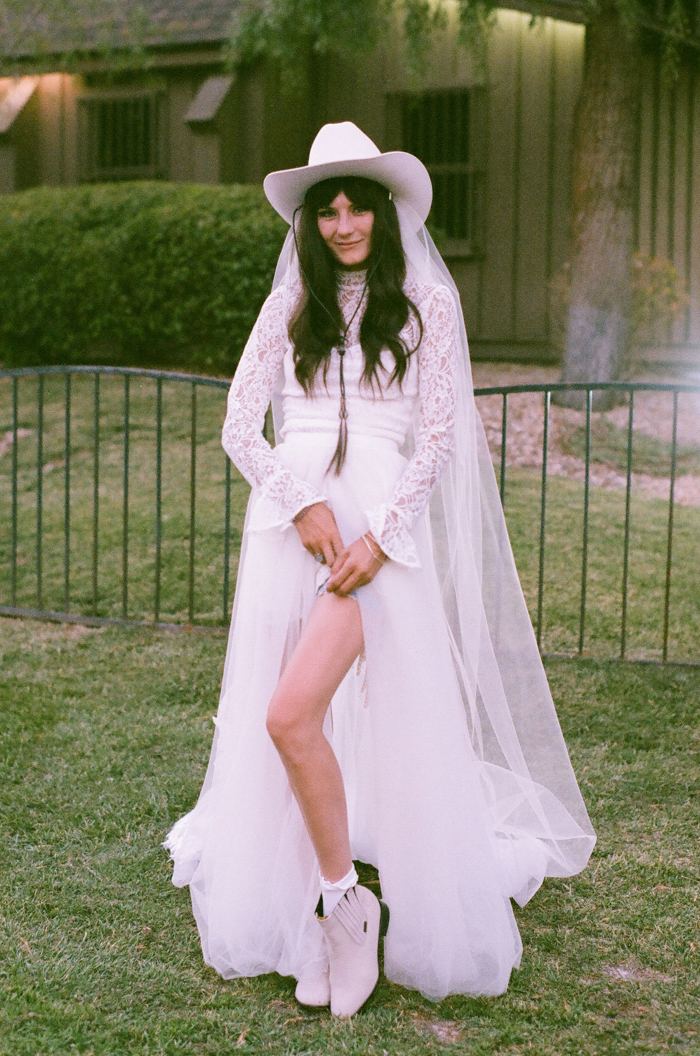
Image by Kate Bunny Hampson.
Processing Your Film Photography
When processing your film, you have three options: develop your film at home, use a local dark room, or ship your film to a third-party developer.
1. Developing At-Home
The first–and least common–option is processing your own film at home. If you have a dark space in your home, you can DIY a darkroom to develop your own images.
2. Use A Local Dark Room
As a beginner, the odds are you won’t have a darkroom in your home. That’s okay. Using a dark room locator, you’ll be able to find spots that offer monthly memberships or just hourly rentals for photographers like you.
3. Use a Third Party
This is the most common film developing choice for photographers. With analog photography becoming more and more popular, we’ve seen third-party developers pop up all over the globe. And they’re easier to use than ever.
All you have to do is purchase the service on their website and ship your film canister to their office. From there, it typically takes about a week or two for them to receive your film, develop your film, and send you a digital link to your scanned images. And for an extra fee, they usually have the option for you to order prints and receive your negatives back in the mail.
For many, film photography starts out as a fun creative hobby. But it just might become a passion you want to add to your wedding photography offerings. Not only will it help you avoid burnout, but it’ll also help you expand your business and stand out from the crowd. And if you’re looking for more ways to improve your photography business, take on our 11-day challenge to get your photography business in check.
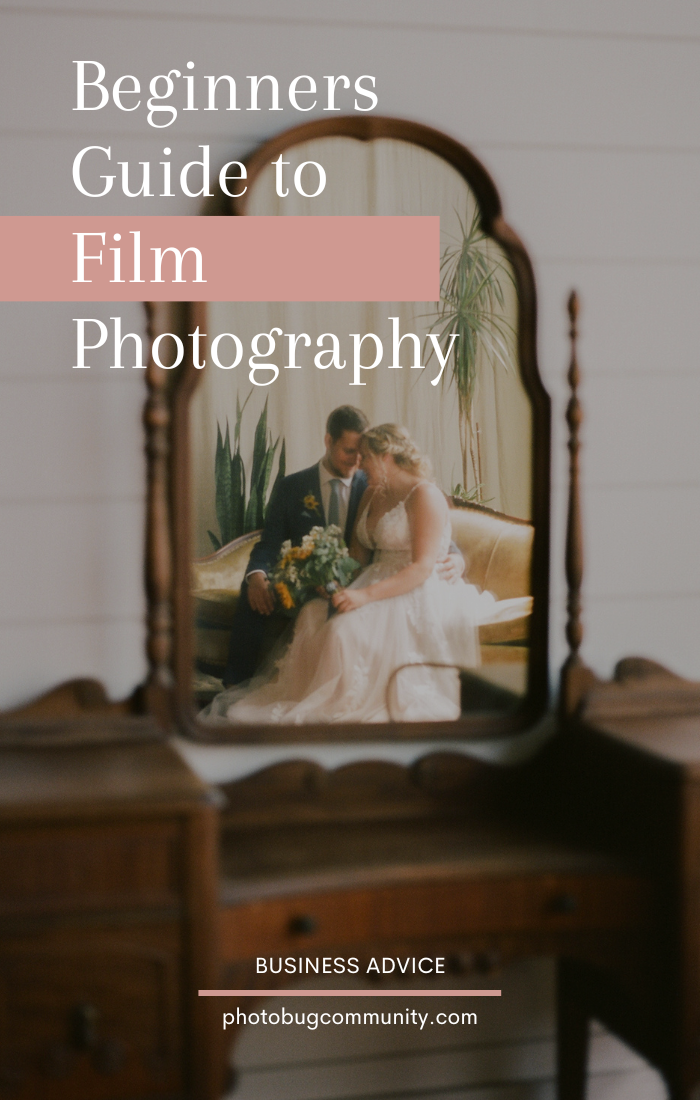
Image by Carin Weston Photography.